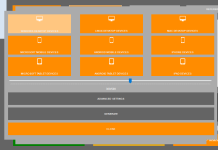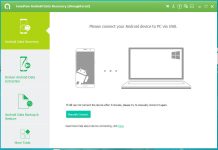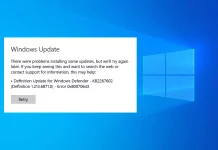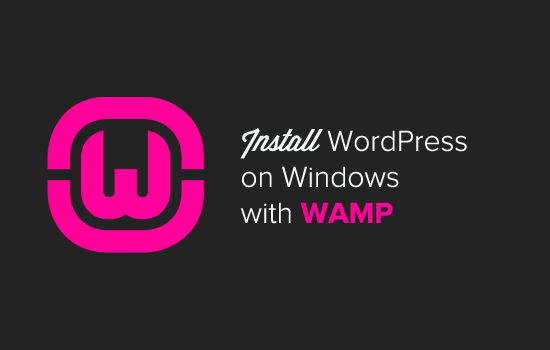How to Install WordPress on your Windows Computer Using WAMP
Setting up a local server environment for WordPress isn’t difficult and will save you time in the long run since you won’t have to install and uninstall a fresh copy of WordPress online each time you test or develop something for WordPress.
Here are simple steps to install wordpress on your local server
1.First of All install the Wamp Server and Run all the services required like Apache, MySQL, PHPMyAdmin.You can Download WAMP from here: Install WAMP, Download WAMP
2.Click “phpMyAdmin” or go to “localhost/phpmyadmin” in your browser.

3.Setting Up Your MySQL Database
A new browser window will automatically open with the phpMyAdmin interface.Click on “Databases” near the top-left and you’ll be prompted to create a new database.Create a dummy database say “wordpress”.

4.Download and Install WordPress
Download the latest version of WordPress.
In order to get WordPress working with WampServer you need to unzip WordPress to the right folder. Extract WordPress to the C:/wamp/www/ .You can rename the WordPress folder whatever you like e-g (wordpress)
Open your browser and go to http://localhost/wordpress/.On first screen you have to enter database information.
databasename : wordpress
username : root
pass : Leave empty
and leave the other fields as it is.

5.Finishing WordPress Installation
You should see the welcome screen for the famous five minute WordPress installation process.
Enter your details and click “Install WordPress.”
Your WordPress installation is now complete!

Troubleshooting WAMP Skype Error
If you have Skype installed and running, then WampServer may not be able to work properly due to a conflict with Skype. The conflict is caused by both Apache and Skype using the same port 80. There is a simple fix for this problem. Open Skype and go to Tools » Options. Click on Advanced and then Connections. Uncheck the box that says Use port 80 and 443 as alternatives for incoming connections. Save options and restart Skype.



































